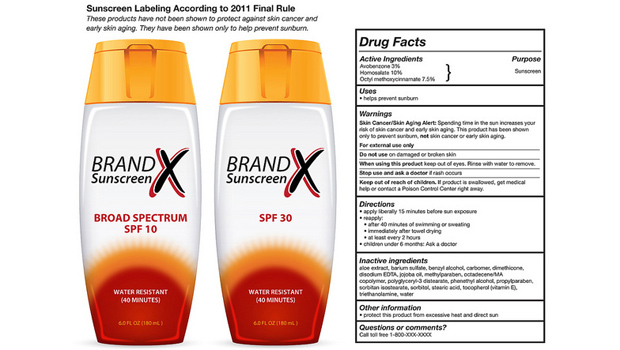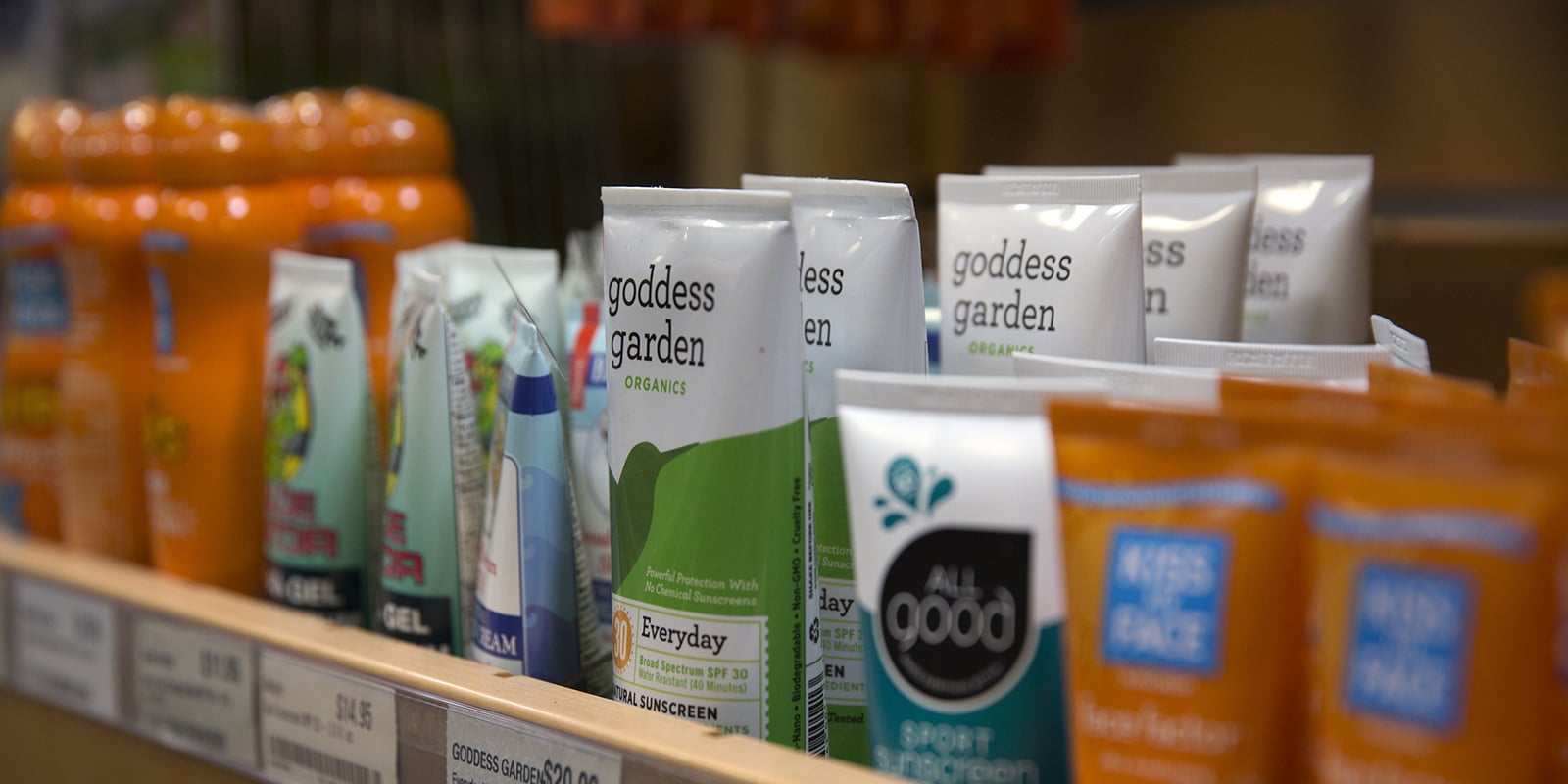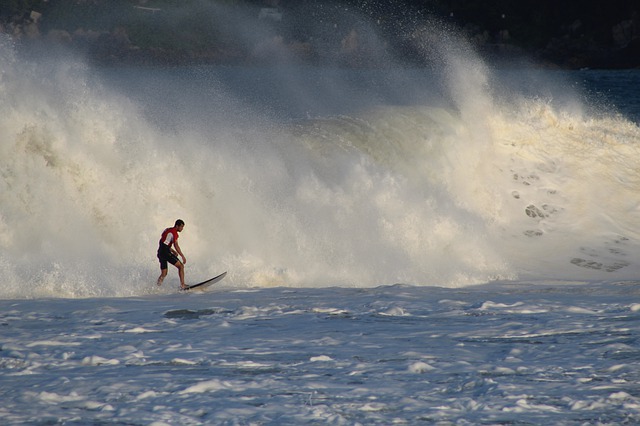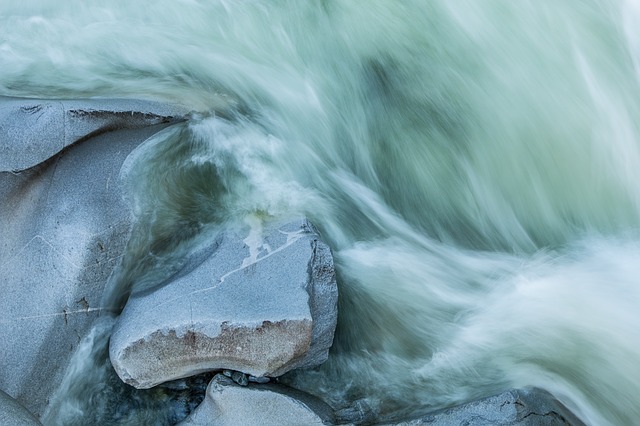New sunscreen labeling guidelines released by the U.S. Food and Drug Administration yesterday will help people headed outdoors better protect their skin from the sun, according to federal health officials.
The new guidelines will require sunscreen labels to disclose whether a sunscreen protects against a broad spectrum of sunlight and how long it remains effective while swimming or sweating.

Previous labeling rules required that manufacturers consider only ultraviolet B wavelengths of light (UVB), but the new rules require manufacturers to also disclose whether a given sunblock protects against ultraviolet A rays (UVA). UVB rays are the primary cause of sunburn, research has shown that UVA rays also damage skin and carries a risk of cancer.
Under the new rule, which goes into effect before next summer, only sunscreen products that offer protection from both UVA and UVB can be labeled “Broad Spectrum.” The Sun Protection Factor (SPF) will still be used to indicated the overall level of sun protection.
“Broad Spectrum sunscreens with SPF values of 15 or better assist guard in opposition to now no longer most effective sunburn, however additionally pores and skin most cancers and early pores and skin ageing while used as directed with different solar safety measures,” the FDA wrote on its
“These solar safety measures encompass restricting time withinside the solar and carrying protecting apparel. ” The new policies will even save you producers from labeling sunscreens as “waterproof” or “sweatproof,” or pick out their merchandise as “sunblocks,” due to the fact those claims overstate their effectiveness. Sunscreens may be categorized as “waterproof,” however ought to suggest whether or not the sunscreen stays powerful for forty mins or eighty mins whilst swimming or sweating. Those that aren’t waterproof must educating purchasers to apply a waterproof sunscreen if swimming or sweating.
The FDA provided the subsequent guidelines for shielding pores and skin from the solar:
- Limiting time withinside the solar, mainly among the hours of 10 AM and a pair of PM while the solar’s rays.
- Wearing apparel to cowl pores and skin uncovered to the solar (long-sleeved shirts, pants, sunglasses, and broad-brimmed hats).
- Using a waterproof sunscreen if swimming or sweating.
- Reapplying sunscreen, even supposing it’s far categorized as waterproof, at the least each 2 hours. (Water resistant sunscreens have to be reapplied extra regularly after swimming or sweating, in step with the instructions at the label. )
This page is an archive. To learn more about archive pages click here
The responses below are not provided, commissioned, reviewed, approved, or otherwise endorsed by any financial entity or advertiser. It is not the advertiser’s responsibility to ensure all posts and/or questions are answered.




